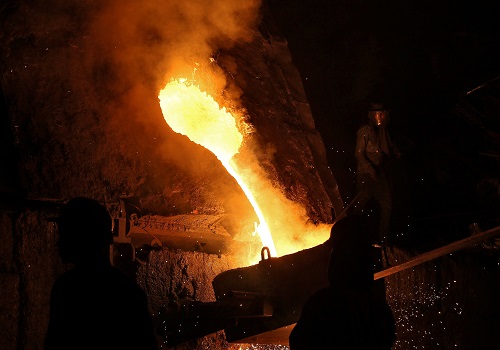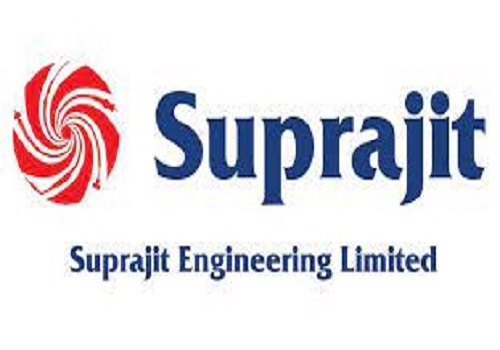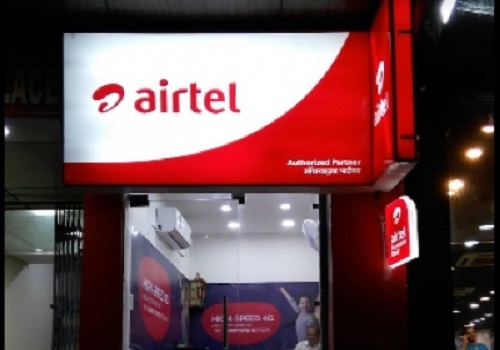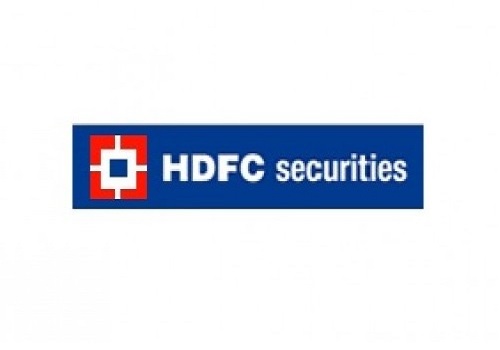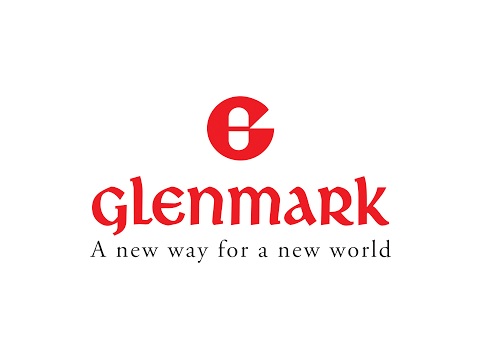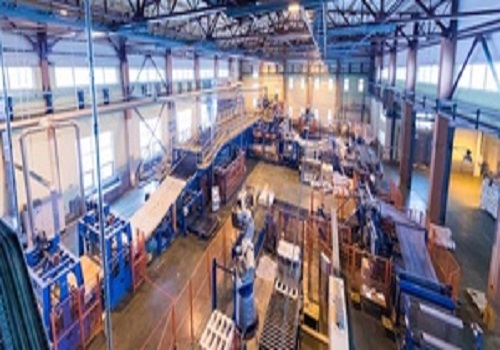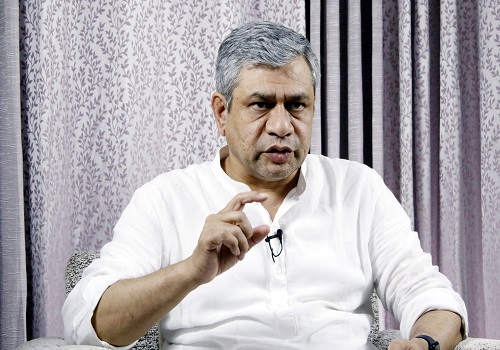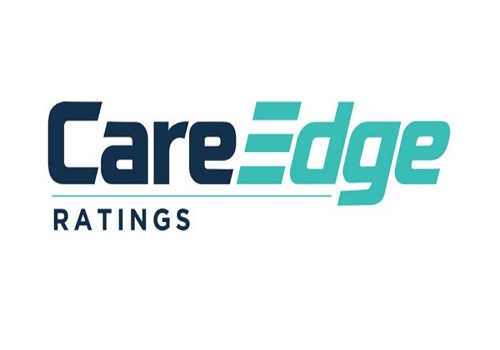DiagRight focuses on last mile connectivity in diagnostic process to reduce scope of errors

The Indian diagnostics industry has been evolving at a rapid pace over the years proving to be one of the crucial components of the healthcare sector owing to the reliance of the medical professionals on the diagnostic statement to validate, accurately diagnose ailments and provide the right treatment.
The presence of more than thousands of labs and millions of lab technicians yet the industry fails to suffice and address the need of the consumers as the ecosystem is highly unorganized and fragmented. According to NCBI (National Centre of Biotechnology Information) 61.9% of the total lab tests conducted in India were incorrect. The major contributor is the pre-analytical errors and logistical challenges associated with sample collection to sample test in the laboratories.
To address the issues with regards to analytical errors, channelisation of the last mile delivery and evaluation of samples, DiagRight, a Gurgaon based health tech startup is penetrating the market and bringing innovation in the diagnostic industry with first of its kind hyperlocal model.
Founded in the year 2020 DiagRight is envisioned to standardize the last mile delivery and reduce the scope of pre-analytical errors, DiagRight has been successful in being a changemaker within a year of its operations. The Co-founder & CEO Asitranjan Biswabhushan clearly demarcates that the demand for the medical tests is huge whereas the challenge in the diagnostic ecosystem persists. He also adds that despite the huge demand for clinical tests there is a lack of supply of trained technicians and the process is largely non-standardized and unstructured. Thus, DiagRight claims to be the most promising health-tech start up soon building an awareness about the diagnostic rights to the citizens of India.
In order to bridge the gap and address the loops in the supply and demand DiagRight is strictly adhering with the National Accreditation Board of Testing & Calibration Laboratories (NABL) India guidelines and is standardizing the last mile connectivity of the phlebotomists with the use of technology to minimize the errors in the diagnostic process. With the increase of relying on the diagnostics to validate and guide treatment protocols by the doctors 70 per cent of all the decisions regarding the treatment are completely dependent on the right diagnosis.
The Co-founder & COO Puneet Sharma says that "The Home Blood Sample Collection app enables the consumers to choose any lab within the radius of 10 kms to meet their diagnostic requirement. The customers have the option to customize their diagnostic packages by looking into the details of lab pricing for different tests. All of these are floated to the customers with the option of just a few clicks on the app by sitting at your home."
The TrackRight technology developed by DiagRight ensures that the temperature of the sample is well below 8 degrees Celsius to maintain the accuracy. The real-time technology also allows the customers to check the temperature of the sample at any given point of time on the app. "Samples deposited within 4 hours of collection and tested within a stipulated time yields the highest accuracy of results" adds Asit.
DiagRight has partnered with hundreds of labs across India, and the samples are sent to the nearest possible location to ensure efficacy and minimize the TAT of the medical reports.
Marking its presence in already 26 cities in India the company has set its goal to expand globally especially to countries which are deprived of good medical facilities. "DiagRight promises to contribute significantly to the Universal Health Coverage (UHC) and ensure good health and well-being across the nation," adds Puneet Sharma, COO, DiagRight.
The health-tech start up not only ensures the right diagnosis for its valued customers but also adds to the employability of the phlebotomists thus giving them financial support and grooming them further to enhance their skill in their dedicated domains.
DiagRight aims to create a niche for itself by employing more than 2 million phlebotomists in the ensuing years and being the only company to create the largest fleet of phlebotomists soon.


